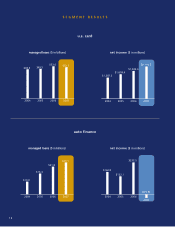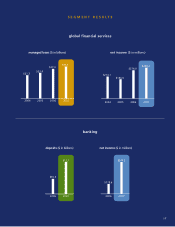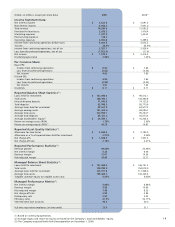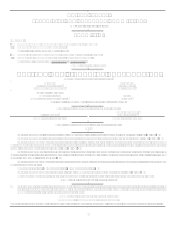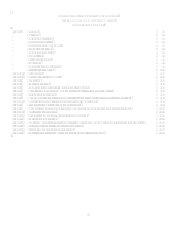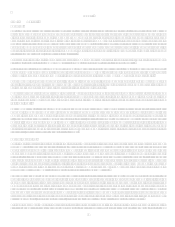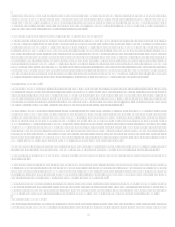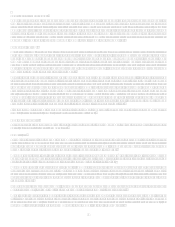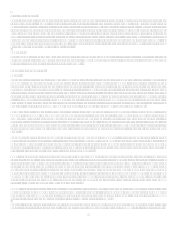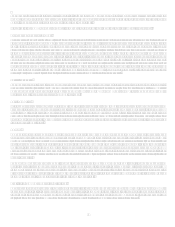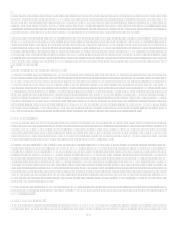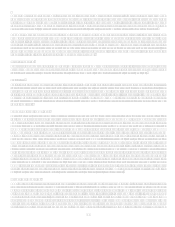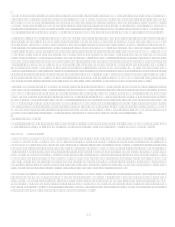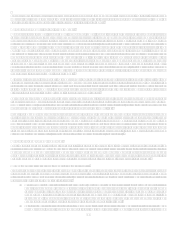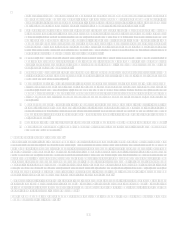Capital One 2007 Annual Report Download - page 28
Download and view the complete annual report
Please find page 28 of the 2007 Capital One annual report below. You can navigate through the pages in the report by either clicking on the pages listed below, or by using the keyword search tool below to find specific information within the annual report.6
and Liability Management Committee and its sub-committee on funding chaired by the Treasurer. We manage and mitigate our
liquidity risk through the use of a variety of funding sources to establish a maturity pattern that provides a prudent mixture of short-
term and long-term funds. See Item 7 Managements Discussion and Analysis of Financial Condition and Results of Operations
Liquidity Risk Management for additional information.
Market Risk Management
Market risk refers to exposures generated from changes in interest rates and foreign currency exchange rates. The management of
market risk is overseen by the Chief Financial Officer with the advice and guidance from the Asset and Liability Management
Committee. We currently manage and mitigate our interest rate sensitivity through several techniques, which include, but are not
limited to, managing the maturity and repricing characteristics of assets and liabilities and by entering into interest rate derivatives.
We currently manage and mitigate our exposure to foreign currency risk by entering into forward foreign currency exchange contracts
and cross currency swaps. The hedging of foreign currency exchange rates is limited to certain intercompany obligations related to
international operations. See Item 7 Managements Discussion and Analysis of Financial Condition and Results of Operations
Market Risk Management for additional information.
Operational Risk Management
Operational risk is the risk of direct or indirect loss resulting from inadequate or failed processes, systems, people, or exposure to
external events. The management of operational risk is overseen by the Chief Risk Officer with the advice and guidance of the Risk
Management Committee.
Operational risk is a normal part of business for any financial services firm. It may manifest itself in many ways, including business
interruptions, errors related to processing and systems, or fraud by employees or persons outside of the Company. The risk of loss
includes the potential for legal actions arising as a result of an operational deficiency or as a result of noncompliance with applicable
laws or regulatory standards. We could also suffer financial loss, face regulatory action, not be able to service customers and suffer
damage to our reputation.
The Risk Management Committee reviews our operational risk profile, which includes assessment of the operational controls,
significant operational risks and mitigation plans and loss event experience across the enterprise. Operational risk information is also
reported to the Audit and Risk Committee of the Board of Directors. Corporate Audit Services also assesses operational risk and the
related quality of internal controls and quality of risk management through our audit activities.
The company holds operational risk capital, intended to ensure capital adequacy to withstand extreme events, and to create incentives
for business areas to improve their control environments. Operational risk capital is determined through a statistical modeling process
that leverages internal loss history, self assessment results, external loss data, and structured scenarios.
Legal Risk Management
Legal risk represents the risk of loss related to (i) new and changed laws and regulations, (ii) interpretations of law, (iii) our legal
entity structure and (iv) the drafting of contracts. The management of legal risk, domestically and internationally, is overseen by our
General Counsel. We operate in a heavily regulated industry, have an evolving corporate structure and rely significantly on certain
contractual relationships, all of which contribute to the level of risk we face. We also face risk of loss from litigation, which is
primarily managed by our legal department.
Strategic Risk Management
Strategic risk is the risk that Capital One fails to achieve short and long term business objectives as a direct result of a failure to
develop the products, capabilities and competitive position necessary to attract and profitably serve consumers, be competitive and
withstand market volatility, the result being a failure to deliver returns expected by stakeholders. The Executive Committee, described
above, is the principal management forum for discussion of strategic risk. We assess strategic risk in our annual planning process,
which includes both a top-down process set by senior management and a bottom-up process led by the business lines. Consideration of
strategic risk is also a vital component of due diligence when evaluating acquisitions or new products, ventures or markets, or possible
divestitures or exiting of businesses.
Reputation Risk Management
Reputation risk represents the risk to: (i) market value; (ii) recruitment and retention of associates; and (iii) maintenance of a loyal
customer base due to negative perceptions of our internal and external stakeholders regarding our business strategies and activities.
The management of reputation risk is overseen by the General Counsel and Corporate Secretary with advice and guidance from
Corporate Affairs. We use qualitative criteria to assess reputation risk. Various measures, both internal and external, are considered to
gauge changes to our reputation and overall reputation risk and include brand market research, customer studies, internal operational
loss event data and external measures.


